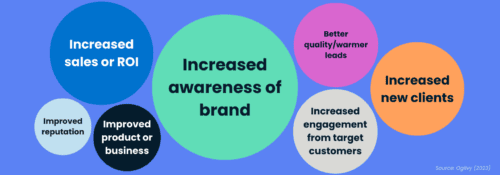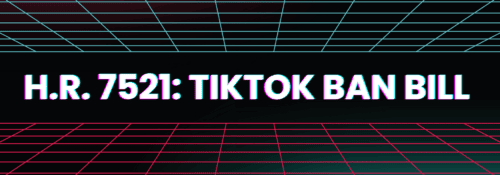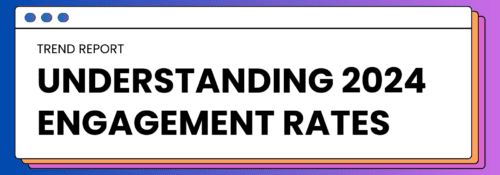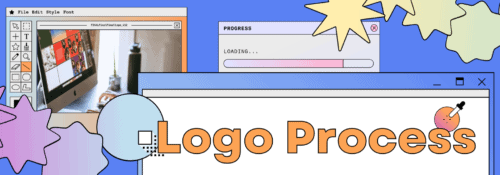A Step-by-Step Guide to Launch Your Digital Advocacy Strategy
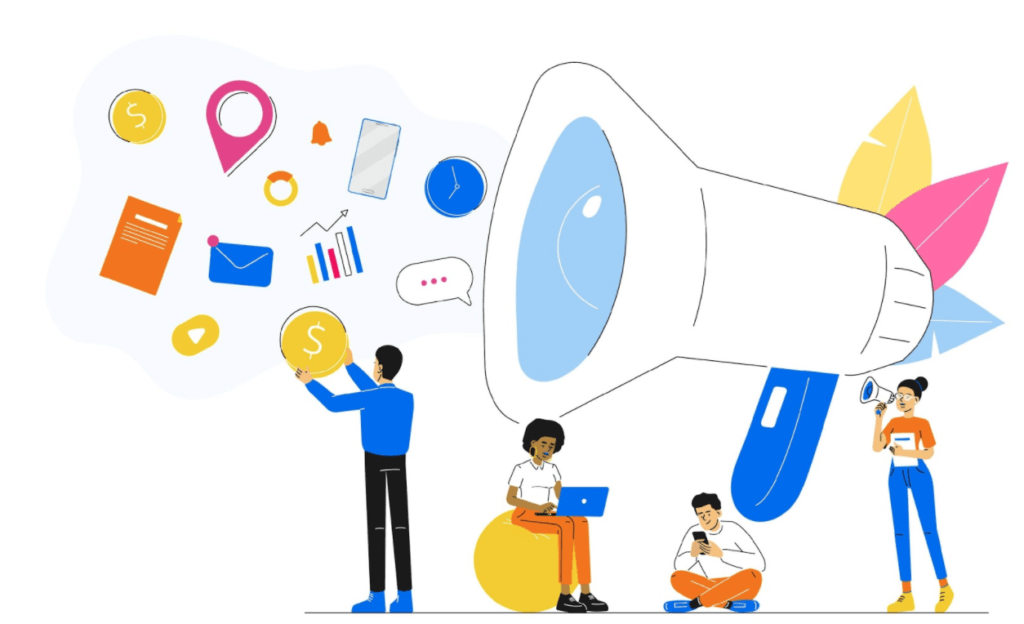
When you are deciding how to create a successful advocacy strategy to advance your issue, the most effective approach is digital advocacy. It combines the ability to spark grassroots support with advanced targeting to reach the right audience for your message.
Planning Your Digital Advocacy Strategy
Using digital advocacy for successful campaigns starts with a 4-step process.
1. Set Your Goals
Strategies will differ depending on whether you are fundraising, advocating for social change or legislation, or building awareness.
2. Define Your Target Audience
Focus on those most likely to help advance your cause, especially when you are in the coalition-building phase.
3. Create Compelling Content
You’re competing in a world where people are hit with a constant barrage of advertising, marketing messages, and appeals. You’ve got to break through the clutter even to be noticed. Facts and figures are great, but moving people to action means reaching them through emotional triggers.
4. Measure and Optimize
One of the best things about digital advocacy is that you can clearly measure which messaging and platforms work. You should be consistently measuring performance based on your goals, trimming aspects of your approach that don’t work, and optimizing your messaging and placement.
Launching Your Digital Advocacy Strategy
When you are ready to launch your advocacy strategy, you need to leverage the right tools.
1. Social Media
Social Media is a great tool for digital advocacy. You can use it to create broad support, rally people to a cause, and target groups based on their online profiles. You’ll want to supplement your grassroots efforts with paid social. Consider working with a digital agency specializing in advocacy campaigns to take full advantage of social media targeting.
2. Targeted Email
Another important strategy to create a successful advocacy strategy to advance your issue is targeted email. Targeted email is a fraction of the cost of direct mail, yet more effective. While it has a lower response rate, the ROI for email is more than four times that of direct mail. Plus, you can re-target people or send multiple messages over time without incurring significant printing and mailing costs.
3. Marketing Automation
Automated marketing can execute your strategy. Create your content, pick your communications channels, and then turn it loose. Automation handles the timely delivery of the right content to the right audience and can help optimize performance.
4. Visual Impact
Consider the use of strong visuals to catch people’s attention and make an impact. A poignant photo can speak volumes. An emotional appeal accompanied by a video can compel you user to act.
Finally, Create a Strong Call to Action
In every communication using digital advocacy, you need to define what you want people to do and tell them how to do it. Here are some examples of different calls to action you might include at different phases of your campaign.
Coalition Building & Awareness
- Sign the Petition
- Share Today
- Join Our Mailing Group
Fundraising
- Donate to our Cause
- Share Your Donation
- Refer a Friend
Take Action
- Contact Your Legislator
- Volunteer Now
- Speak to a Volunteer
Like anything else, it takes a commitment to create the plan and work the plan. When you are deciding how to create a successful advocacy strategy to advance your issue, digital advocacy presents a powerful and cost-effective way to build a coalition, raise funds, and motivate people to action.


